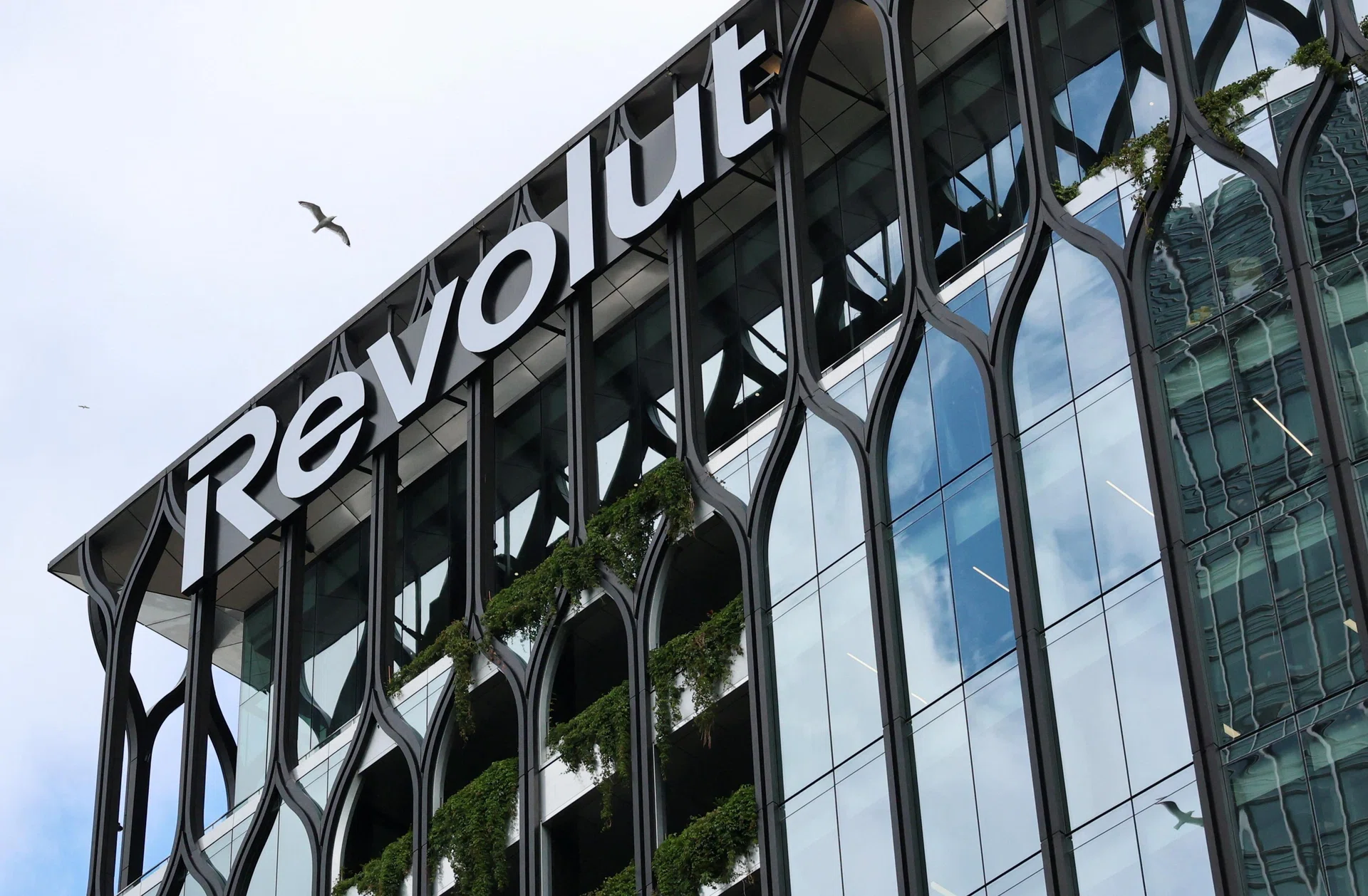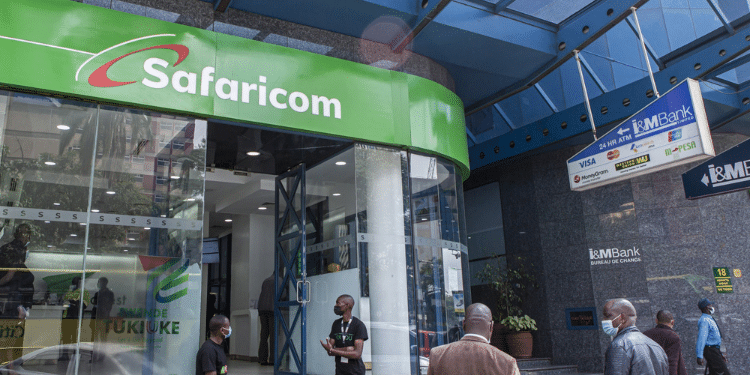Kenyan commercial banks have continued to enjoy significant profit margins, despite the Central Bank of Kenya’s (CBK) efforts to lower interest rates.
The gap between average lending rates and the Central Bank Rate (CBR) has reached a 31-month high of 5.15% in October, indicating a widening difference between the rates banks charge borrowers and those they offer to depositors.
High Lending Rates Persist
While the CBK has taken steps to stimulate economic growth by reducing the CBR to 11.25% in its latest monetary policy committee meeting, commercial banks have been slow to pass on these benefits to consumers. Average lending rates remain elevated at 17.15%, a significant premium over the CBR.
Strategic Pricing and Profit Maximisation
The widening interest rate margin can be attributed to several factors, including:
- Risk Premium: Banks often add a risk premium to their lending rates to compensate for the risk of default.
- Operational Costs: Increased operational costs, such as technology investments and regulatory compliance, can also contribute to higher lending rates.
- Profit Maximisation: Banks may prioritise maximising profits over passing on rate cuts to customers.
READ ALSO:
Kenya’s Central Bank Implements Rate Cuts to Drive Economic Growth
Impact on Consumers and the Economy
The persistence of high interest rates can have a significant impact on consumers and businesses. Higher borrowing costs can discourage investment and consumption, hindering economic growth. Additionally, it can worsen financial burdens for individuals and businesses, particularly those with existing loans.
Profitability on the Rise
Between January and October 2024, Kenyan banks collectively raked in Sh225.3 billion in pre-tax profits, marking a 12.9% increase compared to the same period in the previous year.
This surge in profitability can be attributed to various factors, including increased interest income, reduced operating costs, and strategic investments.
Credit Growth Stalls
However, this positive trend in profitability is set against a decline in credit growth to the private sector. As of October 2024, private sector credit growth had slowed to zero. This stagnation can be attributed to several factors, including:
- High-Interest Rates: The Central Bank of Kenya (CBK) has maintained relatively high interest rates to curb inflation. These higher rates have discouraged borrowing by businesses and individuals.
- Government Bond Competition: Banks have been increasingly attracted to government securities, which offer higher returns and lower risk compared to lending to the private sector.
CBK’s Concerns and Bank’s Response
Central Bank Governor Kamau Thugge has expressed concern over the banks’ reluctance to lower interest rates despite the CBK’s signals. While banks acknowledge the need to reduce rates, they cite high funding costs and competition from government securities as significant constraints.
The Impact on the Economy
The sluggish credit growth has implications for the broader economy. Reduced lending can hinder investment, job creation, and overall economic growth.
Moreover, the rise in non-performing loans (NPLs) to 16.5% in October is a cause for concern, as it reflects increased credit risk and potential financial instability.
The CBK rate cuts today have sparked significant interest as the Central Bank adjusts its monetary policies. Analysts are closely watching the CBK lending rates today and projections for the CBK lending rates 2024 to understand the broader economic impact.
READ ALSO:
CBK Approves Choice Microfinance Bank’s Nationwide Expansion
With the CBK interest rates today reflecting recent policy changes, many are keen to know the current CBR rate in Kenya as outlined in the CBK press release today.
These adjustments will influence the bank lending rates in Kenya 2024, shaping the financial landscape alongside the current bank interest rates in Kenya.
A Call for Regulatory Intervention
To address this issue, the CBK may need to consider implementing stricter regulations on lending rates. By setting more rigorous guidelines, the regulator can encourage banks to pass on rate cuts to consumers and promote fair lending practices.
It is crucial for the banking sector to strike a balance between profitability and social responsibility. By offering competitive interest rates and transparent pricing, banks can promote trust with their customers and contribute to a more inclusive and sustainable financial system.







Leave a Reply